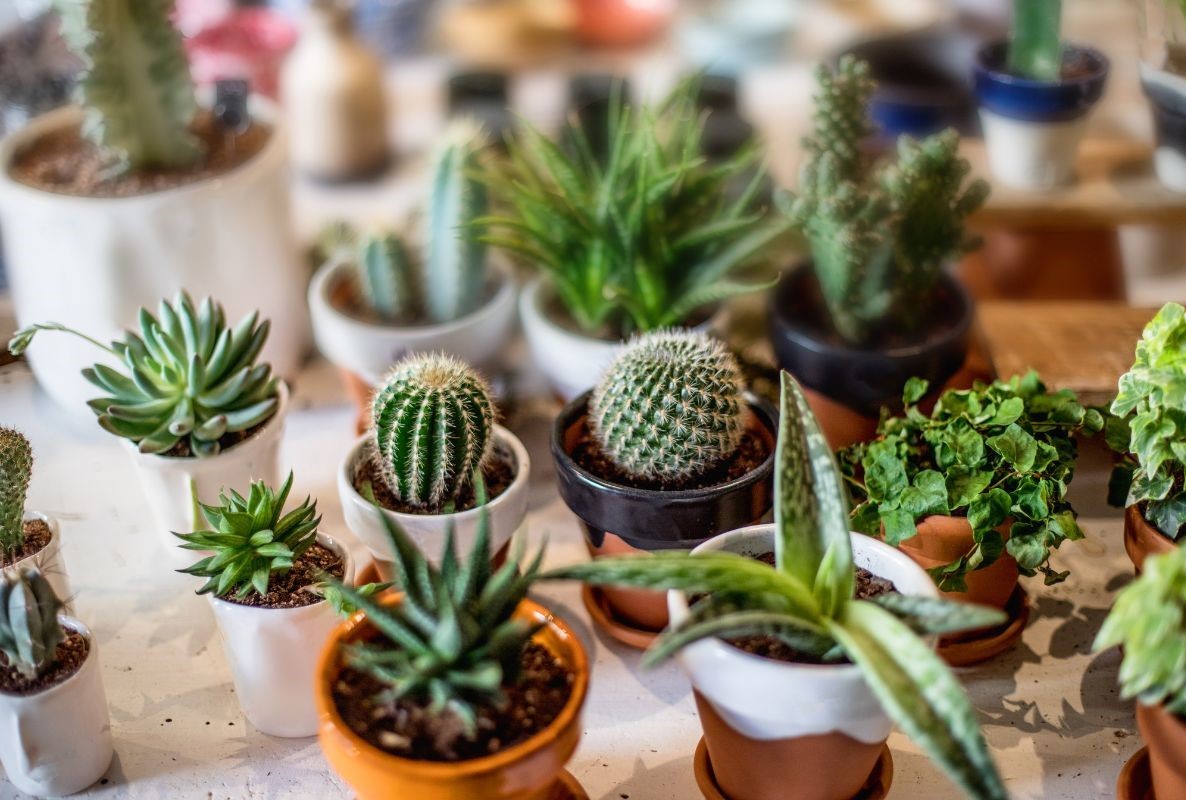Succulents – An ideal choice for the blackest of thumbs
Succulents are survivors! They are famed to grow in and adapt to extremely harsh conditions. Given adequate sunlight and good drainage, succulents will stun you with their resilience.
Here we give general tips and tricks that work well for most succulents. But remember, every succulent is an individual that may have their own unique needs and preferences. So make sure to read up on your little sucker.
Let’s get started with the basics!
What Are Succulents?
It is a common misconception that all succulents are cacti, although the other way is authentic. Succulents are a broad group of botanical families that includes the Cactus from the Cactaceae botanical family. Succulents are basically those plants with fleshy leaves and stems that can store water and nutrients. This gives them the ability to go long periods with limited water resources, making them drought-tolerant. Their roots are usually closer to the surface to absorb maximum moisture.
Popular Indoor Succulents in India
String of Hearts, String of Dolphins, String of Pearls, English Ivy, Money Plant, Wandering Jew, Tradescantia Nanouk, Ajwain, Dracaena Limelight, and many more.
These sturdy plants and low maintenance and require very little care. Read on to find out exactly how little is the ‘little care’ they need!
1. To Water or Not To Water
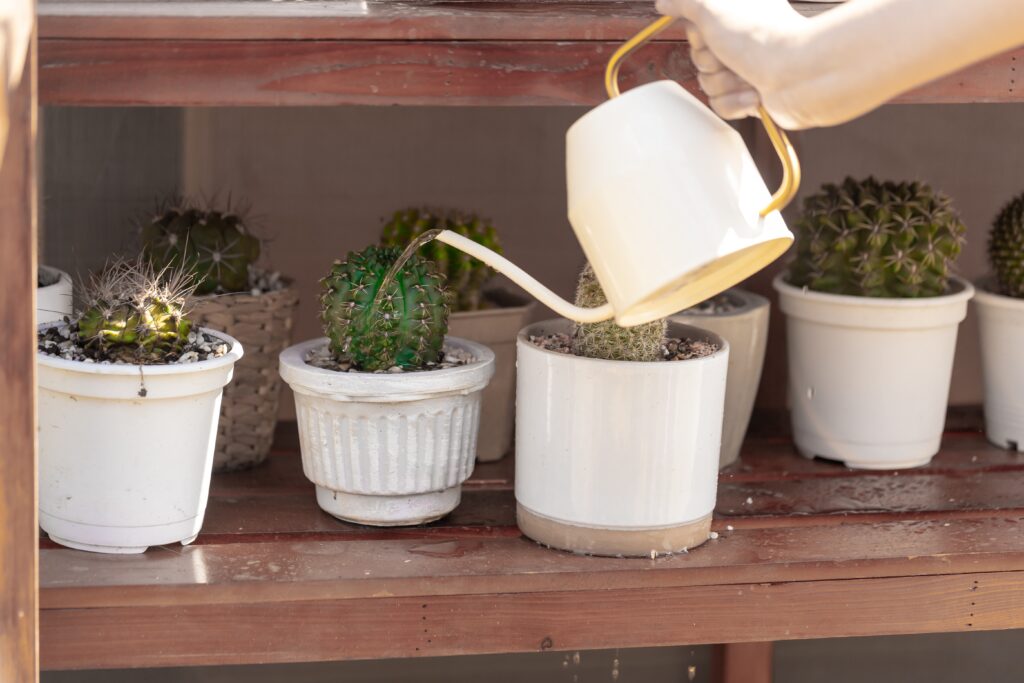
Of the things that can lead your succulent to inevitable demise, overwatering is the first.
Succulents need to be watered according to the season. They require little to no water when they go dormant, which is usually during the winter months. However, some Succulents like the Aeonium Kiwi go dormant in the summers.
Succulents do well with the soak and dry watering technique. Before watering, remember to stick your finger into the soil and ensure that the top 1.25 inches of the soil are dry to touch. When it’s time to water, soak the soil with water until it starts to run out of the drainage holes. You can also place your succulent in a pan of water till it absorbs enough water through the drainage holes to make the top of the soil moist. Immediately remove the pan of water once the soil has adequately absorbed the water.
2. Throw some shade!
6 to 8 hours of glorious sunshine. That’s what most succulents typically need to thrive. Leave them near a South or West facing window where it’s more likely to get the maximum amount of the brightest sunshine. Avoid direct, hot sunlight as it can scorch and burn some of the succulents. New succulents are more sensitive, so gradually introduce them to direct sunlight.
3. ‘Soil’ed
Traditional gardening soil will not suit your succulent. They require quick-draining soil that doesn’t stay wet for too long. If you can’t get your hands on cactus soil, you can consider mixing potting soil with sand, pumice, or perlite.
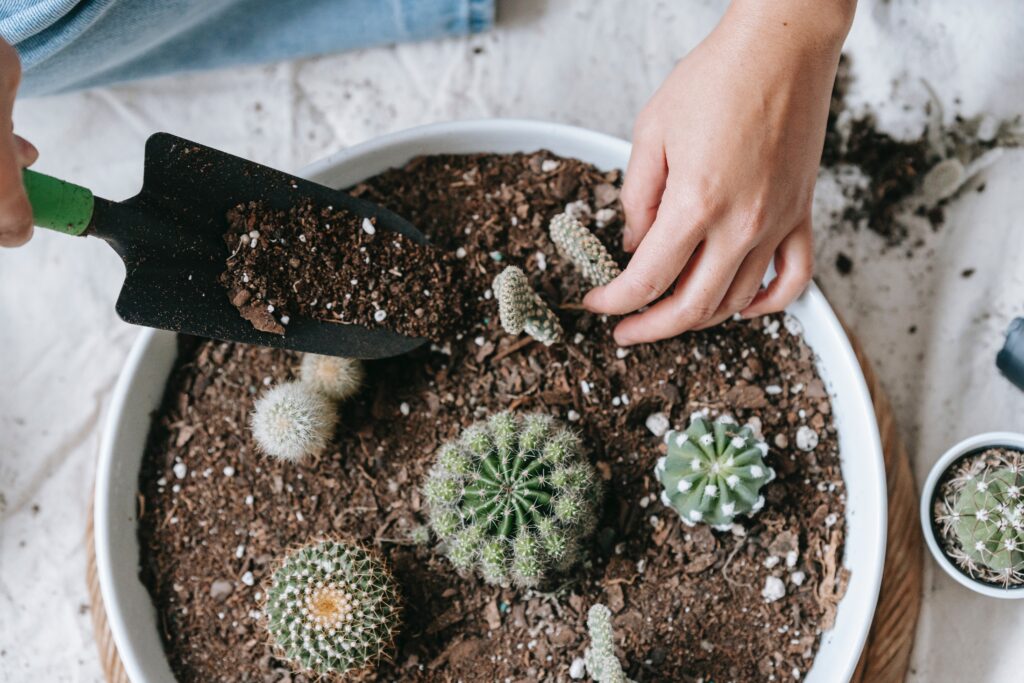
4. Drain, Drain, Drain!
Root rot is the surest way to kill your succulent. And leaving your succulent to sit in stagnant water will quickly lead to root rot. As such, it’s vital to ensure your pot has a drainage hole to get rid of the excess water. If not, you need to be extremely cautious in ensuring you don’t overwater your lovely succulent. We know your succulents look so adorable in those glass pots and terrariums! But we advise you to resist the temptation until you are familiar with your little succulent’s watering needs and habits. Unless you are an expert, it’s always safer, to begin with, a terracotta pot having a drainage hole.
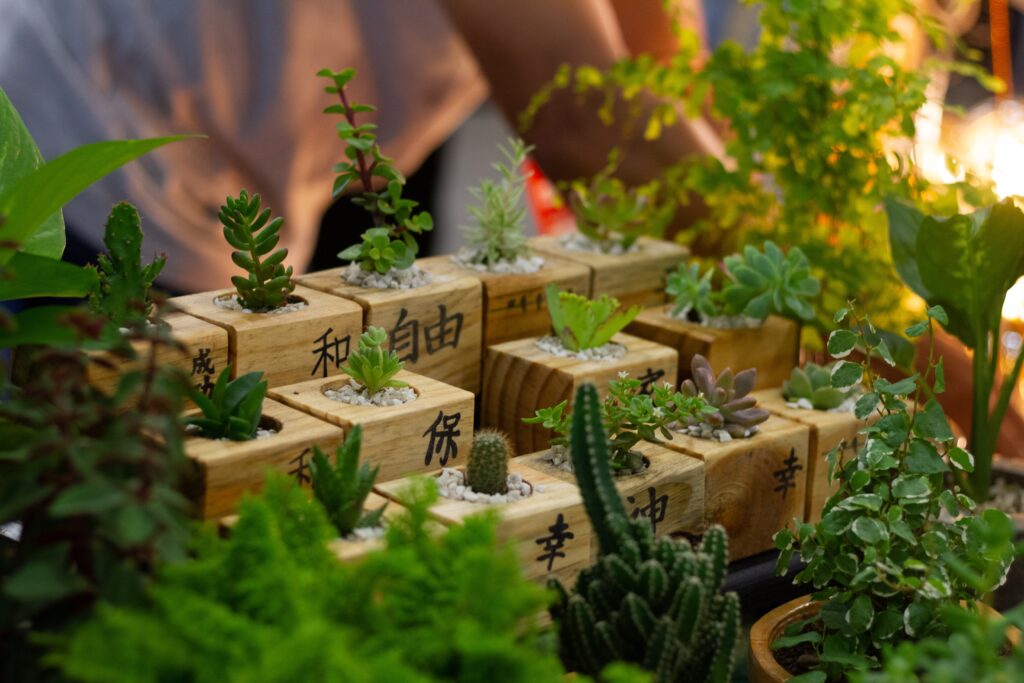
5. Spin ’em around
Succulents love the sun! They will reach out and lean towards it. For balanced upright growth, regularly rotate your succulent to ensure every side gets some sunshine.
6. Keep it Clean
Over a while, your succulents can accumulate dust on their leaves. This will hamper their process of photosynthesis and inhibit their growth. Be sure to wipe off their leaves and stems gently with a moist cloth regularly.
7. Give them space
Each succulent requires its own little desert. Adorable as they may appear, cramming succulents into a pot can deprive them of nutrition and water, and create an environment for insect infestations.
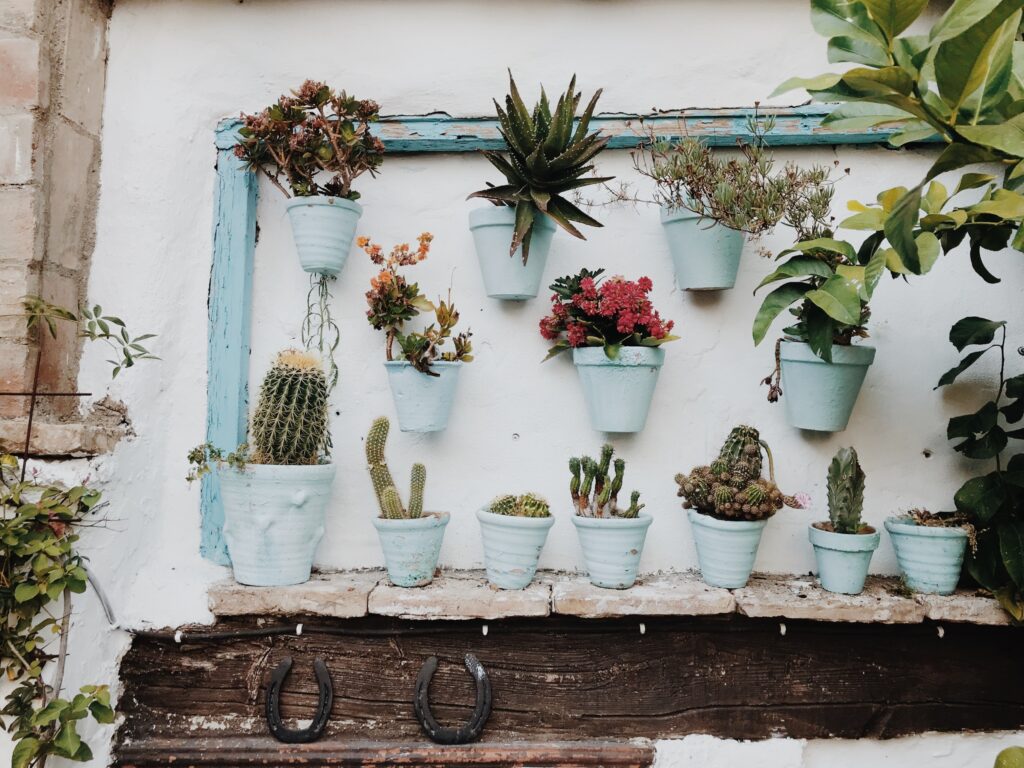
8. Bugs
Your succulent is pretty tough and most resilient to bugs, especially when grown indoors. However, you may encounter the occasional gnat or mealybug. They are attracted to succulents that are placed in wet soil with no proper drainage. It’s best to immediately isolate your infected plant from the rest of your houseplants, and spray them with rubbing alcohol. You can pour alcohol over the soil to kill any eggs they may have laid.
In conclusion, we can see that succulents are easy to grow with the proper care and procedure. With this article, we hope we have given you the confidence to go ahead and order your very own succulent plant online.[/vc_column_text][/vc_column][/vc_row]

